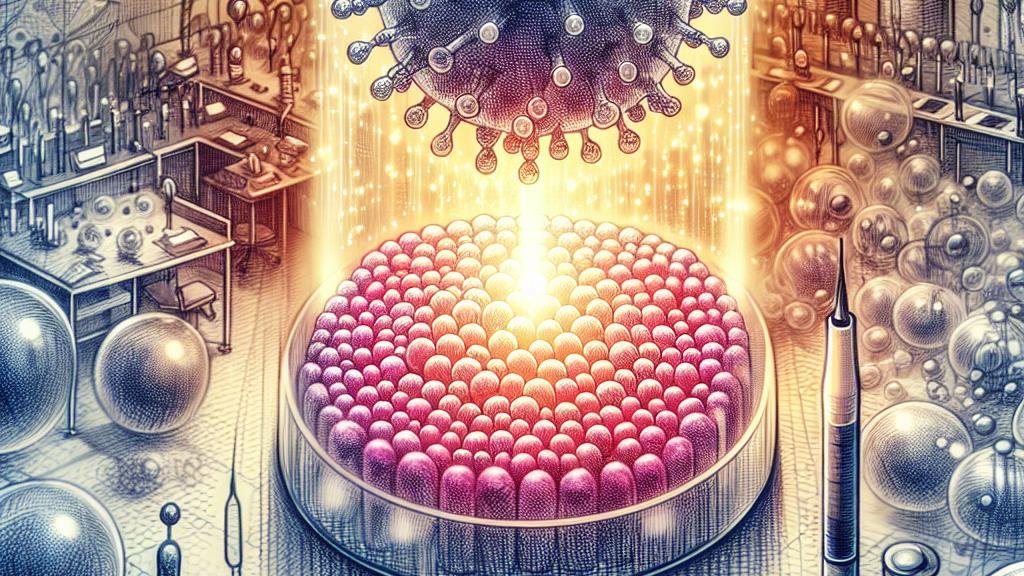Innovative Nanopillars Create Openings in Cell Nuclei Safely
Overview
- Groundbreaking nanopillars allow safe access to cell nuclei, protecting cellular integrity.
- This technology opens exciting possibilities for enhancing gene therapy and targeted drug delivery.
- Researchers showcase a non-invasive method that could change medical treatment protocols.

A Major Breakthrough in Nanotechnology
In an exciting development emerging from the University of California, San Diego, researchers have unlocked a groundbreaking method that allows scientists to safely access the nucleus of living cells. Picture this: piercing a protective bubble without popping it. Through the ingenuity of nanopillars, this delicate process is now a reality. These minuscule structures are specifically designed to breach the nuclear membrane—a crucial barrier safeguarding our DNA. Unlike traditional invasive techniques that could damage the cell, this innovative approach provides a pathway for gene therapy, making it safer and more effective. The implications of this discovery are nothing short of revolutionary, leading us closer to cures for various genetic disorders.
How Nanopillars Work Their Magic
But how do these remarkable nanopillars perform such a complex task? When a living cell is positioned atop the nanopillar array, the nucleus begins to curl around them, much like how a flower petal might bend toward sunlight. This action creates tiny, transient openings in the nuclear membrane, allowing crucial access without damaging the cell’s outer layer. In a striking series of experiments, researchers utilized a fluorescent dye; they found it leaked from the nucleus into the cytoplasm, thereby confirming that only the nuclear membrane was punctured. This innovative technique isn’t just a one-size-fits-all solution—it has shown effectiveness across various cell types, including heart muscle cells and epithelial cells, indicating a promising future for targeted gene delivery applications.
Transformative Potential for Medical Science
Now, let’s consider the broader implications of this research on the medical landscape. Take gene therapies like Luxturna, which has transformed lives by restoring vision through the delivery of a healthy gene into retinal cells. Imagine the possibilities if this nanopillar technology can be applied to treat similar conditions. The ability to deliver genetic material safely could lead to breakthroughs for diseases that were once deemed untreatable, such as muscular dystrophy or specific cancers. The promise of these nanopillars is profound; they represent a leap toward a future where precise, non-invasive treatments become the cornerstone of medical care. As researchers continue to refine these methods, we stand on the brink of a new era in healthcare, offering hope and healing to countless patients.

Loading...